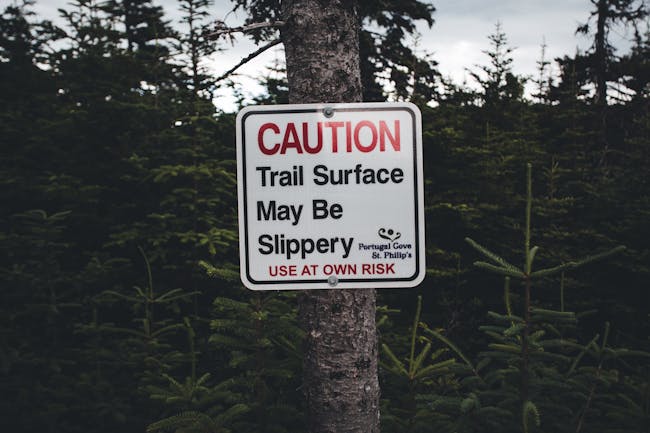
Understanding how hiking tracks are graded is imperative in choosing walks that are suited to your ability. Grading systems are a fantastic guide for you to use when choosing a track. It’s important to remember that weather conditions can affect trail grading.
Grading systems are also great if you are into goal setting and can give you something to work towards. Imagine the satisfaction of completing your first grade 5 walk!
Unfortunately, not all countries use the same grading system for their walks. That would have made life too easy for us hikers. In fact, the hiking club I hike with uses 6 grades, 1 more than the official Australian system. Learn about my recent grade 5 walk, navigating a boulder field.
So, how are walks graded? I hear you ask.
In this guide I’m covering Australia, Canada, New Zealand, the UK and the USA. I’ll leave Europe and other parts of the world for later.
I’ll start with my home turf, Australia, the land down under.
The Australian Grading System
Tracks in Australia graded using the Australian Walking Track Grading System (AWTGS)
AWTGS consists of 5 grades which are based on the Australian Standard for walking track construction (AS2156)
The Grading Criteria
The grades are based on these criteria:
- Experience required
- Steps
- Path quality
- Signage
- A walk’s final grade is determined by the most difficult criterion
Grade 1
- No bushwalking experience required
- Flat, even surface
- Suitable for wheelchair users with assistance
- Walks up to 5km
Grade 2
- No bushwalking experience required
- Hardened or compacted surface with gentle hills and occasional steps
- Walks up to 10km
Grade 3
- Some bushwalking experience recommended
- Short steep hills, rough surfaces, and many steps
- Walks up to 20km
Grade 4
- Bushwalking experience recommended
- Tracks may be long, rough, steep, with limited signage
Grade 5
- For very experienced bushwalkers with navigation and emergency skills
- Tracks are rough, steep, and unmarked
- Walks may exceed 20km
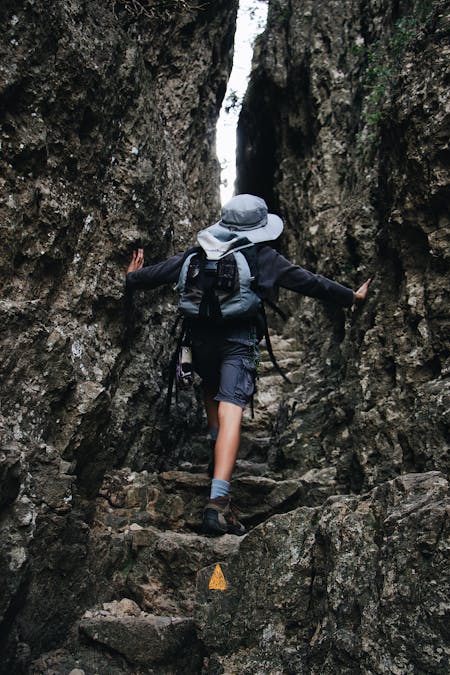
The Canadian Grading System
The Canadian grading system uses 4 categories; easy, medium, difficult and route. Here are the criteria for each category.
The Grades
Easy
- Distance is 0-5 km
- No experience required, equipment optional
- Hard-packed surface, minimal obstacles, minimal stairs
- Estimated time up to 2 hours
- Little or no elevation change
- Facilities available are: parking, washrooms, bridges, benches
- Tracks are signed with trailhead info, markers, maps
Moderate
- Distance is 0-15 km
- Basic trail experience needed
- Proper equipment and water recommended
- Stable surface, some obstacles, may have stairs
- Estimated time is up to 5 hours
- Moderate elevation changes, some steep sections
- Facilities avaiable are: parking, outhouse, bridges
- Tracks are signed with basic trailhead info, markers, maps
Difficult
- Distance is 0-15 km or more
- Trail experience required
- Proper equipment and water essential
- Varied surface types, some unmaintained sections
- Estimated time is over 5 hours
- Major elevation changes, long steep sections
- Facilities available are: bridges, potential water crossings
- Minimal or no signage
Route
- Requires exceptional trail and navigation experience
- Proper equipment, food, and water essential
- Not maintained, suggested route only
- Estimated time is 1-10 days or more
- Terrain is varied, with wet areas, loose rocks, thick forest
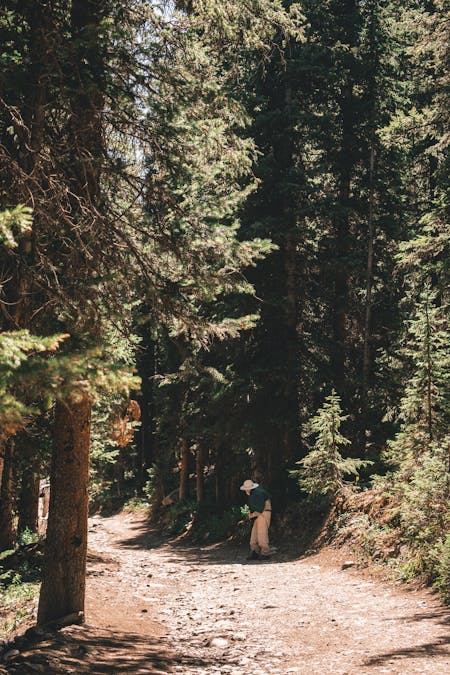
The New Zealand Grading System
In New Zealand, hiking trails (known as “tracks”) are graded by the Department of Conservation (DOC) using a standardized system to help hikers understand the difficulty, terrain, and suitability of each trail. The system categorizes trails based on both the level of fitness and experience required. The grading system helps hikers select tracks based on their ability and the type of experience they want, from family-friendly walks to rugged backcountry adventures. The main trail grades are as follows:
Easy Access Short Walk
- Terrain is flat or gently sloping
- Trail Surface is well-maintained, often gravel or boardwalk; suitable for people with limited mobility
- Distance is generally less than 1 hour
- Ideal for families, beginners, and those with limited time or mobility
- Examples are walks around visitor centers or near popular tourist areas
Short Walk
- Terrain is flat to gently undulating
- Trail surface is well-formed paths, no steep sections, often gravel or boardwalk
- Distance is generally less than 1 hour
- Ideal for all fitness levels, family-friendly
- Examples are forest or coastal walks with scenic views
Walking Track
- Terrain has gentle inclines, some uneven surfaces
- Trail surface is well-formed but may have some roots, rocks, or muddy sections
- Distance is 1 hour to half a day
- Ideal for families and people with moderate fitness
- Examples are scenic hikes to lakes, waterfalls, or viewpoints
Great Walk/Easier Tramping Track
- Terrain varies from easy to moderately challenging, with some steep sections
- Trail surface is well-formed and marked tracks, although some areas may have rocks, roots, or stream crossings
- Distance is multi-day hikes (usually 3-5 days) or day hikes
- Ideal for those with a reasonable level of fitness and hiking experience
- Examples are New Zealand’s Great Walks (e.g., Tongariro Northern Circuit, Milford Track)
Tramping Track
- Terrain is steep, rugged, and often remote; may involve river crossings and rough terrain
- Trail surface is rough, uneven, sometimes unmarked; may require navigational skills
- Distance is half a day to several days
- Ideal for fit, experienced hikers with good outdoor skills
- Examples are tracks in remote or backcountry areas (e.g., Routeburn Track, Kepler Track)
Route
- Terrain is very steep, rugged, and often exposed; no formed trail in some sections
- Trail surface is unmarked and unformed in parts, requiring advanced navigation and survival skills
- Distance is multi-day routes
- Ideal for highly experienced trampers; requires excellent fitness, navigation, and self-sufficiency
- Examples are remote, alpine, or wilderness areas (e.g., the Dusky Track, Five Passes Route)
Key Features of the Grading System
- Great Walks: New Zealand’s most famous tracks are graded as easier multi-day hikes, but some have challenging sections
- Signage and Marking: Tracks are generally well-marked and maintained, except for routes that require navigation skills
- Huts and Campsites: Many tracks, especially Great Walks and tramping tracks, have huts along the way for overnight stays
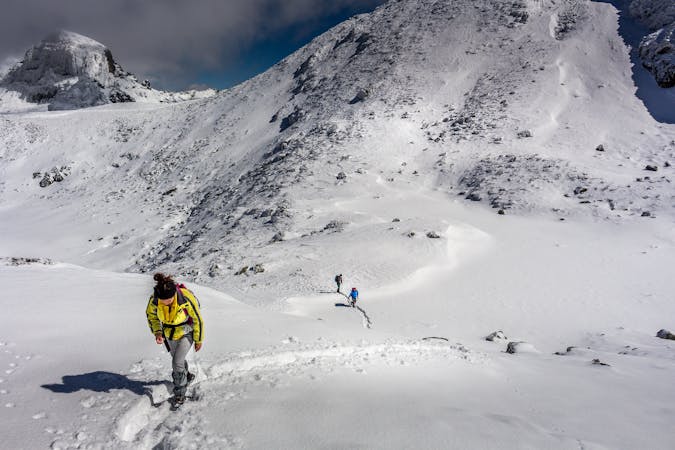
The United Kingdom Grading System
The United Kingdom has 3 levels of grades for its trails; Grades 1, 2 and 3, although a “plus” may be added to the lower grade if a trail falls between two grades. Here are the grades.
The Grades
Grade 1
- Easy walk on pavement or well-maintained paths
- Moderate hills
- Wheelchair and pushchair suitability should be confirmed with the trail organiser
Grade 2
- Moderate walk with some difficult paths
- Potential for one or more substantial hills
- Not usually suitable for wheelchairs
- Pushchair users should check suitability with the trail organiser
Grade 3
- More difficult walk on poorly maintained paths or tracks
- Rough terrain, steep climbs, frequent stiles
- Not suitable for wheelchairs and unlikely for pushchairs
- Participants with health issues should assess trail suitability

The USA Grading System
Trails difficulty ratings are generally based on trail condition, steepness of grades, gain and loss of elevation, and the amount and kinds of natural barriers that must be traversed. Many trails are marked with colors or symbols indicating difficulty (e.g., green for easy, blue for moderate, black for difficult), similar to ski trail ratings. Ratings can vary depending on the managing organisation or region. However, most trails are classified using the following categories.
The USA Grading System
Easy (Beginner Level)
- Terrain is mostly flat or with gentle inclines
- The trail surface is well-maintained paths, often paved or packed dirt
- The distance is typically less than 3 miles (5 km)
- The elevation gsain is less than 500 feet (150 meters)
- Ideal for families, beginners, casual hikers
Moderate (Intermediate Level)
- Terrain has some steep sections, rocks, or uneven surfaces
- Trail surface is a mix of dirt paths, rocks, roots, or light scrambling
- The distance is 3 to 6 miles (5 to 10 km)
- The elevation gain is 500 to 1,500 feet (150 to 450 meters)
- Ideal for hikers with some experience and a moderate fitness level
Difficult (Advanced Level)
- Terrain has steep inclines, loose rocks, or technical sections
- Trail surface is often narrow, rocky, or may involve scrambling
- The distance is 6 to 10 miles (10 to 16 km)
- The elevation gain is 1,500 to 3,000 feet (450 to 900 meters)
- Ideal for experienced hikers with a good fitness level
Very Difficult (Strenuous/Expert Level)
- Terrain has very steep and rugged, possible exposure or scrambling
- Trail surface isoften loose, rocky, or unmarked sections; sometimes requires mountaineering skills
- The distance is often 10+ miles (16+ km)
- The elevation gain is over 3,000 feet (900+ meters)
- Ideal for very fit, experienced hikers or those prepared for multi-day trips
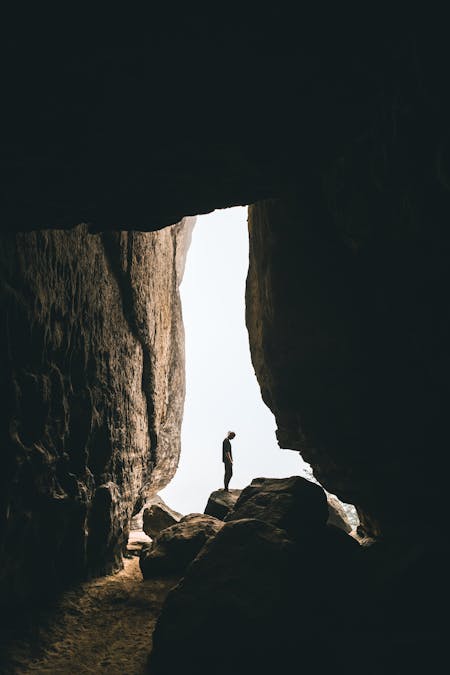
Trail grading systems play a key role in making sure you have a safe and enjoyable experience. By offering clear information about a trail’s difficulty, terrain, and fitness level needed, they help you pick hikes that suit your abilities. This way, you can avoid unnecessary risks and enjoy the outdoors with confidence. Whether you’re just starting out and want a short, easy walk or you’re an experienced hiker ready for a challenging multi-day trek, these grading systems make it easier to explore nature responsibly and at your own pace. Happy hiking.
If you have a question or any experience you would like to share, please do so below.
